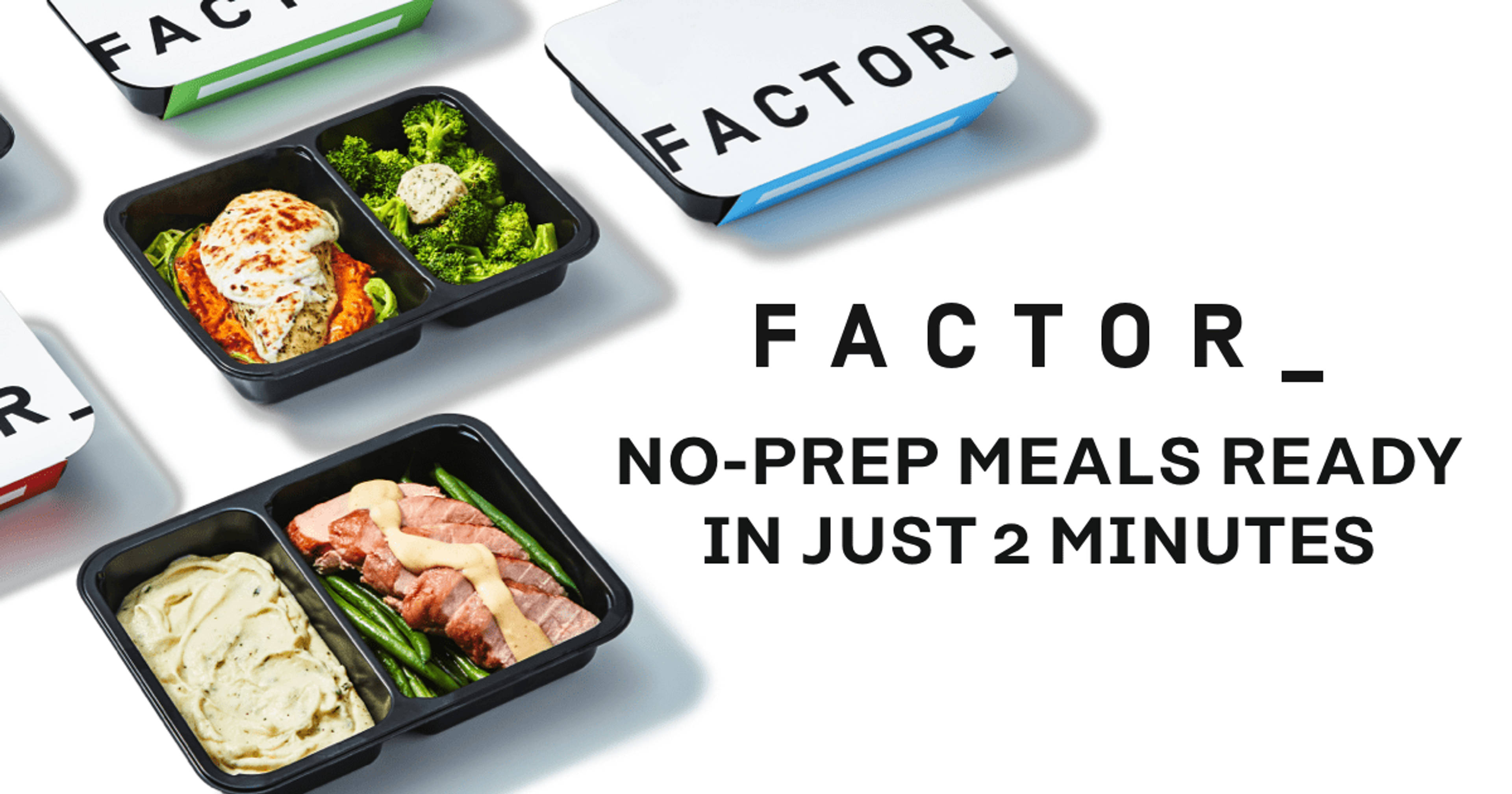What Are The Best Plant-Based Protein Sources for Vegans and Vegetarians?
Plant-Based Protein Sources
It’s not an overstatement to say that protein is critically important. Protein plays a role in creating and maintaining every cell in your body. It helps build your bones, muscles, cartilage, skin and tissue, oxygenate your body, digest your food, regulate your hormones, and more.
If you’re looking to add more protein to your diet, a quick Google search pulls up results like meat, dairy, and eggs. For vegetarians and vegans, however, you may need to be more intentional about adding protein to your meals. It’s not difficult or impossible—it just takes a little extra pre-planning. Here are some of the best plant-based protein sources and how to incorporate them into your diet.
What Is Plant Protein?
The simplest definition of plant protein is a source of protein that comes from plants instead of meat or other animal sources.
Experts often recommend animal proteins because they're classified as complete proteins. Protein contains over twenty amino acids (molecules that form proteins) and there are nine of these acids—called the essential amino acids—that we have to get from food. Animal proteins contain all nine, making them complete proteins.
All animal proteins are complete proteins. If you eat meat and other animal products, it’s easy to grab a chicken breast or a scrambled egg and feel assured that your meal contains complete protein. If you’re a vegan or vegetarian, however, you may want to research different protein sources to make sure you’re getting those nine amino acids your body needs.
Experts often recommend animal proteins because they're classified as complete proteins. Protein contains over twenty amino acids (molecules that form proteins) and there are nine of these acids—called the essential amino acids—that we have to get from food. Animal proteins contain all nine, making them complete proteins.
All animal proteins are complete proteins. If you eat meat and other animal products, it’s easy to grab a chicken breast or a scrambled egg and feel assured that your meal contains complete protein. If you’re a vegan or vegetarian, however, you may want to research different protein sources to make sure you’re getting those nine amino acids your body needs.
How Much Protein Do You Need?
While individual needs may vary, proteins should contribute to around 10% to 35% of your calories. If you eat around 2,000 calories a day, 200-700 of those calories should be made up of protein (50-175 grams). Your protein goals may change based on your age, your medical history, and your activity level.
If you aren’t sure exactly how much protein you need, ask your doctor or work with a dietitian. In most cases, however, as long as you include at least one solid protein source in each meal or snack, you should be good to go.
If you aren’t sure exactly how much protein you need, ask your doctor or work with a dietitian. In most cases, however, as long as you include at least one solid protein source in each meal or snack, you should be good to go.
Vegan and Vegetarian Sources of Plant-Based Protein
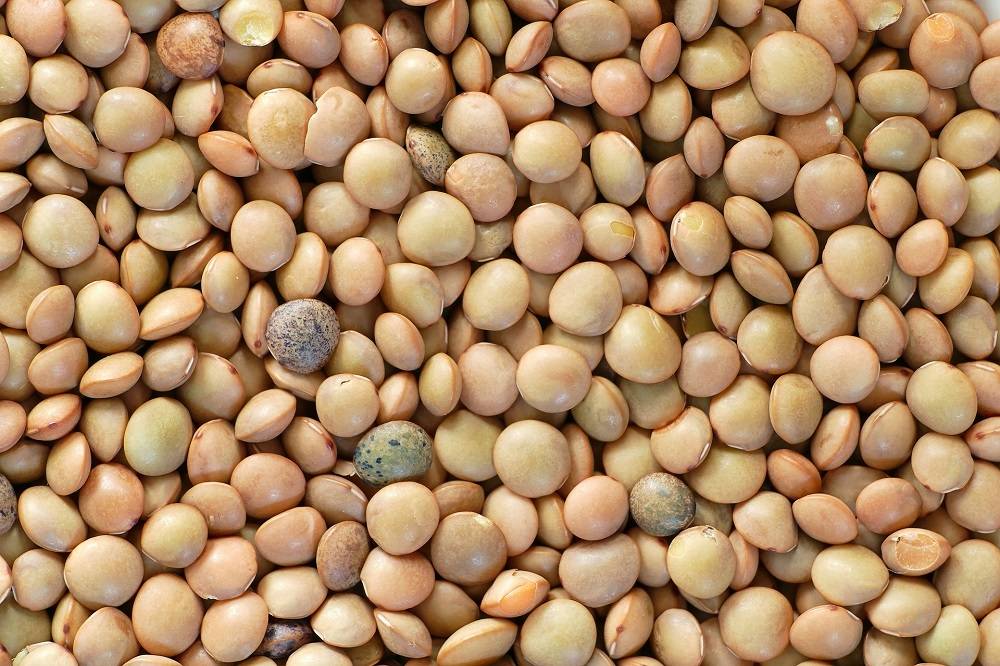
Lentils
Lentils are legumes that are high-protein and low-fat—the best of both worlds. Lentils are made up of over 25% protein; one cup of cooked lentils contains approximately 230 calories and 17.9 grams of protein. This powerhouse plant also provides B vitamins, magnesium, zinc, iron, fiber, and potassium.
Lentils come in several different colors and varieties. They’re a great pantry staple and can be cooked in just 30 minutes by simmering them in water on the stove. Lentils are ideal in soup. Store cooked lentils in the fridge for up to five days.
Lentils come in several different colors and varieties. They’re a great pantry staple and can be cooked in just 30 minutes by simmering them in water on the stove. Lentils are ideal in soup. Store cooked lentils in the fridge for up to five days.

Quinoa
Quinoa is an edible seed that’s often used as a healthier or gluten-free substitute for pasta or rice. This delicious grain is popular thanks to all the good stuff packed in: One cup of cooked quinoa has about 8 grams of protein and 5 grams of fiber. As a complete protein, it contains each of the nine essential amino acids that our bodies can’t make on their own.
To cook your quinoa, boil it on the stove or cook it in a rice cooker (make sure to rinse it first). Use cooked quinoa in salads, soup, stews, casseroles, or any recipe that calls for pasta or rice. Quinoa can go into a recipe like our vegetable ratatouille, which calls for white corn grits.
To cook your quinoa, boil it on the stove or cook it in a rice cooker (make sure to rinse it first). Use cooked quinoa in salads, soup, stews, casseroles, or any recipe that calls for pasta or rice. Quinoa can go into a recipe like our vegetable ratatouille, which calls for white corn grits.
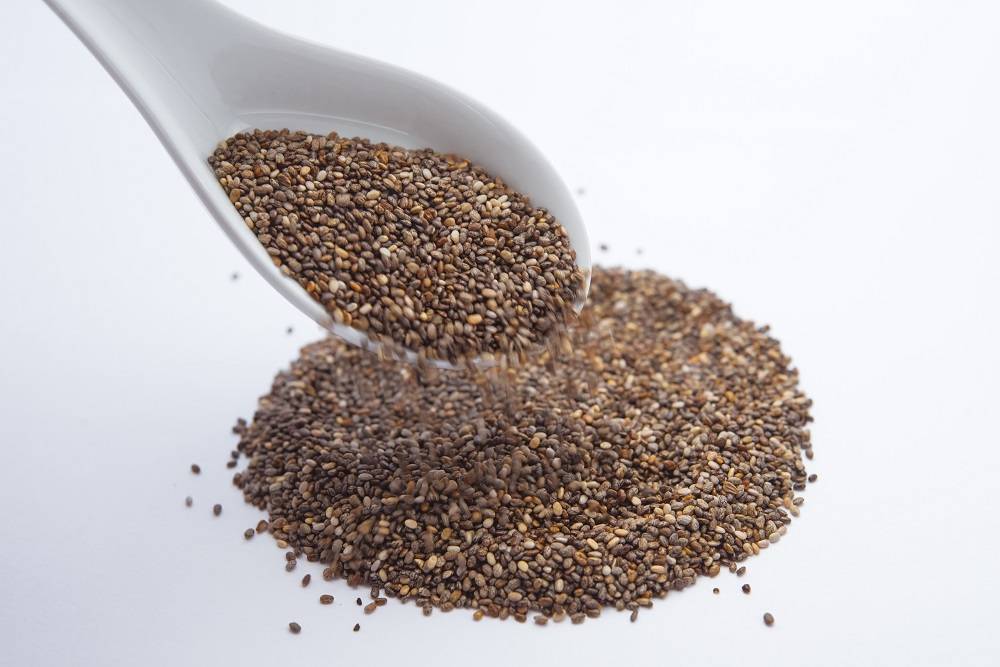
Chia Seeds
Next up on our list of protein-rich superfoods: chia seeds, the tiny black seeds used in ancient Aztec and Mayan diets. If you want an easy way to add more protein to your breakfast or dessert, chia seeds can’t be beat. One serving (2.5 tablespoons) contains 5 grams of protein plus 10 grams of fiber, and these little seeds are ideal for recipes that are sweet instead of savory.
Since chia seeds absorb up to 12 times their weight in liquid, they can help keep baked goods moist. Chia seed pudding, generally made with almond milk, is a popular option. Or incorporate this vegetarian protein source into smoothies, oatmeal, or granola bars.
Since chia seeds absorb up to 12 times their weight in liquid, they can help keep baked goods moist. Chia seed pudding, generally made with almond milk, is a popular option. Or incorporate this vegetarian protein source into smoothies, oatmeal, or granola bars.
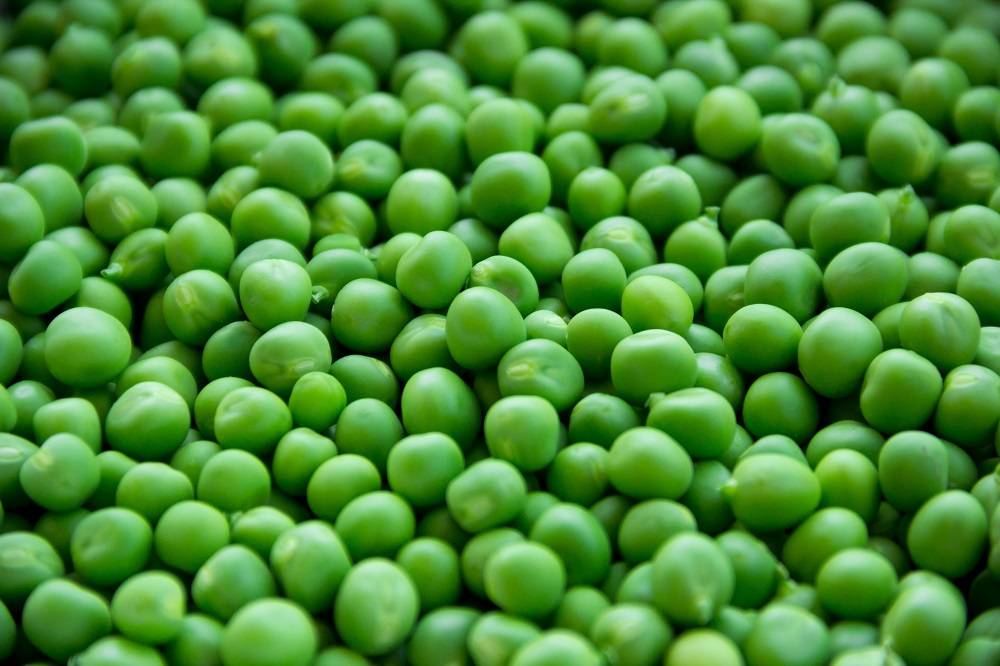
Green Peas
You may not realize that simple green peas pack so much protein. One cup of this vegetable holds 8.6 grams of protein in just 134 calories! And the health benefits don’t stop there. Green peas provide important nutrients like vitamin A, vitamin B6, folate, iron, antioxidants, magnesium, fiber, vitamin C, vitamin K, thiamin, and manganese. They’re also low in saturated fat, cholesterol, and salt.
Purchase green peas fresh or frozen and throw a handful into your soup, salad, or pasta. They also make a great side dish to go along with your main course. Or snack on green peas on their own.
Purchase green peas fresh or frozen and throw a handful into your soup, salad, or pasta. They also make a great side dish to go along with your main course. Or snack on green peas on their own.
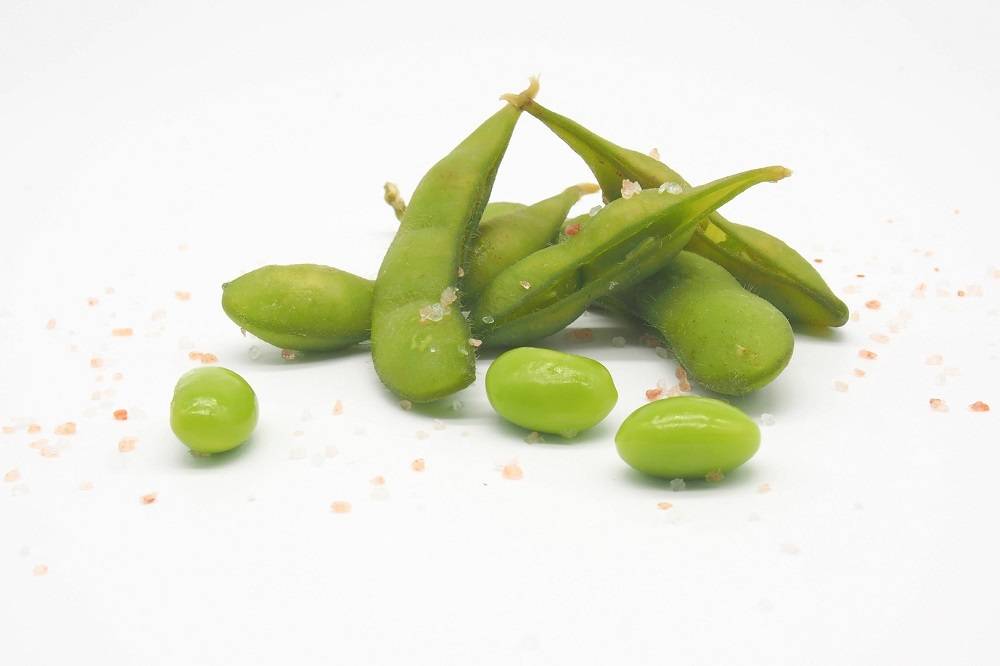
Edamame
Edamame is whole, immature soybean. One serving (½ cup) of shelled edamame has 100 calories and 10 grams of protein. It’s a complete protein, with all of the amino acids you need. Other good stuff included in this vegetarian protein are omega-3s, fiber, antioxidants, vitamins, and minerals.
Similar to green peas, you can either eat edamame by itself or add it to a dish. Edamame (which tastes similar to peas, but is firmer and more flavorful) is delicious in soups, salads, and noodle dishes. If you’re eating out, you'll find edamame in sushi bars, Chinese restaurants, and Japanese restaurants..
Similar to green peas, you can either eat edamame by itself or add it to a dish. Edamame (which tastes similar to peas, but is firmer and more flavorful) is delicious in soups, salads, and noodle dishes. If you’re eating out, you'll find edamame in sushi bars, Chinese restaurants, and Japanese restaurants..
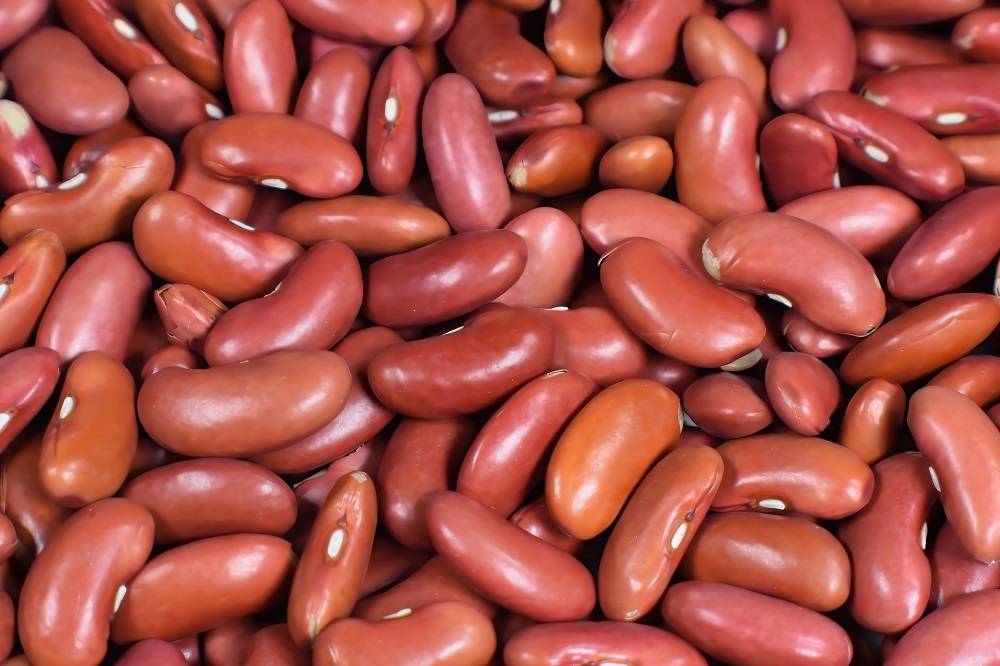
Beans
Beans are a great source of protein for vegans. Half a cup of cooked beans has 7 grams of protein—the same amount found in one ounce of meat. Beans are also full of fiber and antioxidants. There are plenty of beans to choose from. Take your pick from high-protein options like black beans, kidney beans, pinto beans, white beans, soybeans, lima beans, and much more.
Similar to other vegan proteins, you can include beans in a soup, a salad, a casserole, or another side dish. Our three-bean vegan chili calls for kidney beans, pinto beans, and black beans.
Similar to other vegan proteins, you can include beans in a soup, a salad, a casserole, or another side dish. Our three-bean vegan chili calls for kidney beans, pinto beans, and black beans.

Kale
If you’re trying to up your protein intake, kale might not be your first thought. But one cup of this leafy green vegetable contains 2.9 grams of protein—more than comparable veggies like lettuce (0.5 grams). Look for places in your diet where you can swap kale for lettuce or spinach. Or try making homemade kale chips in your oven.
You’re reaping additional nutritional benefits, too. Called one of the most nutrient-dense foods on the planet, kale is packed with important stuff like vitamins, calcium, potassium, magnesium, iron, and more.
You’re reaping additional nutritional benefits, too. Called one of the most nutrient-dense foods on the planet, kale is packed with important stuff like vitamins, calcium, potassium, magnesium, iron, and more.
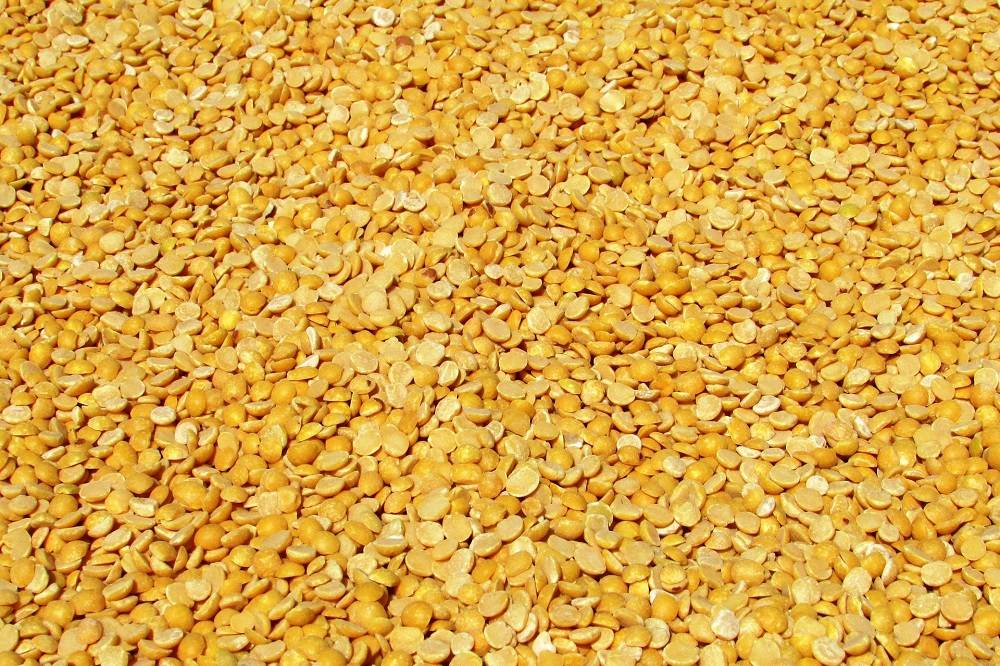
Pea Protein Powder
Pea protein powder is made from yellow peas. While the exact amount of protein in a serving may vary from brand to brand, you can likely expect somewhere around 15 grams of protein and 80 total calories in two scoops.
Pea protein powder has other nutritional benefits, too. It’s a complete protein and has lots of iron. Plus, it’s not only vegan—but it’s also gluten-free and allergen-friendly (unless you’re sensitive to peas). Add protein powder to your smoothies, oatmeal, baked goods, granola, soup, or pasta. Or simply blend it with water and drink it up.
Pea protein powder has other nutritional benefits, too. It’s a complete protein and has lots of iron. Plus, it’s not only vegan—but it’s also gluten-free and allergen-friendly (unless you’re sensitive to peas). Add protein powder to your smoothies, oatmeal, baked goods, granola, soup, or pasta. Or simply blend it with water and drink it up.
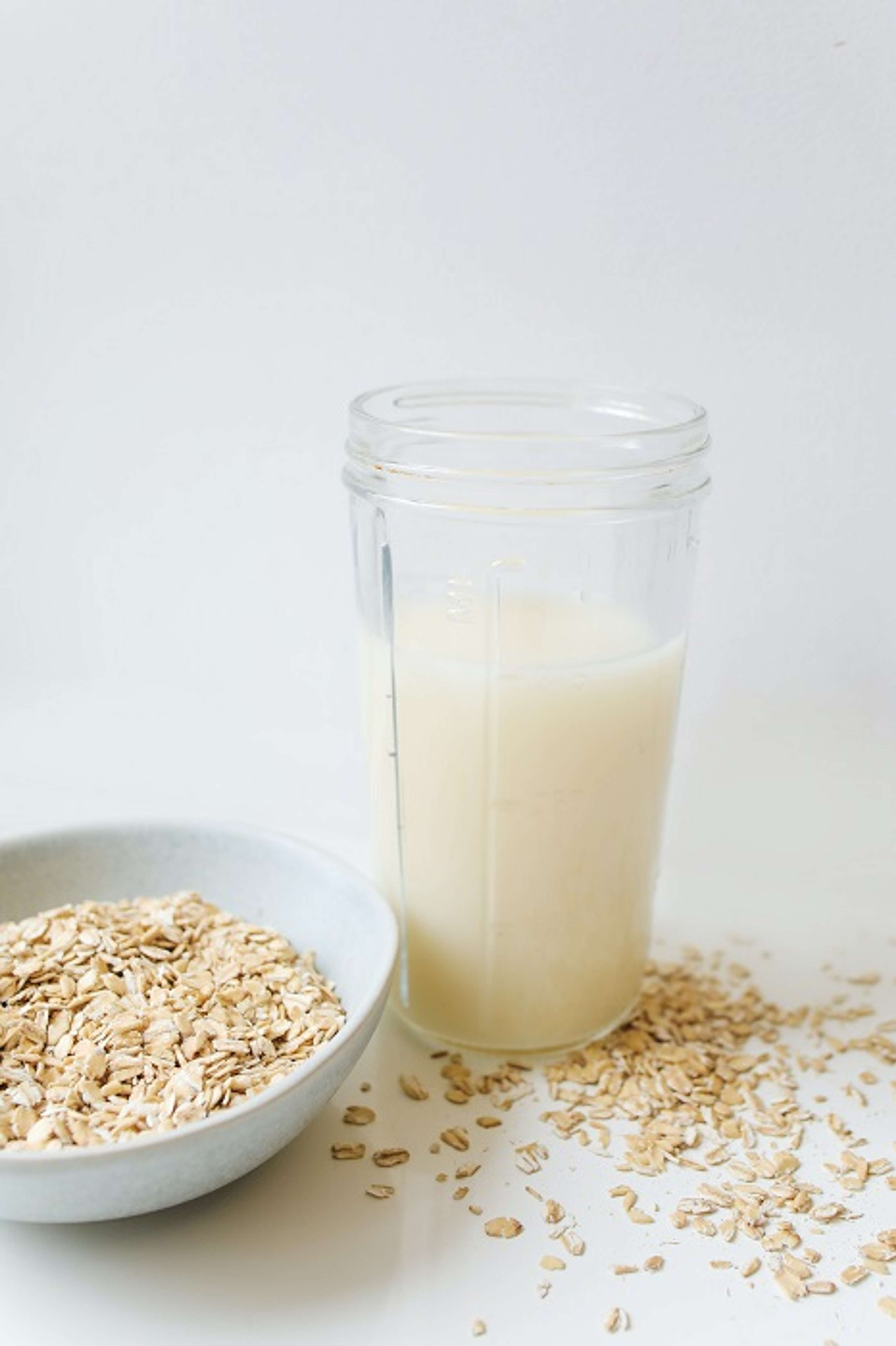
Plant-Based Milks
